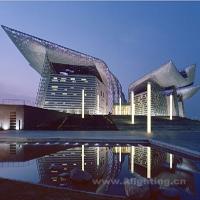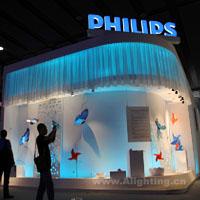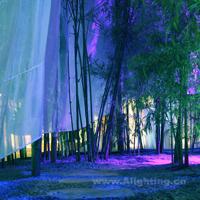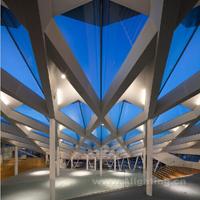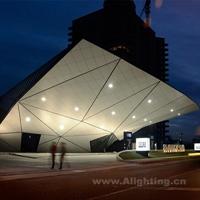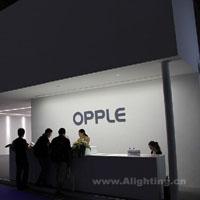|
王公渔港(台湾)景观桥工程设计案例 |
|
The Wang-Gong Footbridge is located near the Wang-Gong fishing port, across Hou-Gang River, and connects the port and street block areas. The Zhang-hua County Government plans to transform Wang-Gong fishing port into a multi-function port; therefore, other than just a connection, this bridge will serve as a site for sightseeing, leisure, and ecological education, and a new landmark in the port area.
Form of Bridge, Structural Materials and Micro-Climate
Using steel trusses and folding panels, the design takes the form of an intelligent bridge, appearing like a sculpture between two sea dikes. The main structure bears the load with steel truss arches, and fiber cement panels are used as cladding system.
The bridge is located at the meeting ground between sea and land; sea and land wind change remarkably between day and night, and at times strong wind can make walking difficult; furthermore, sunshine in the open area of the polder land can be very uncomfortable. Besides posing as sculptural forms, the dynamic folding panels also extend into different directions and act as sunshades, windshades and railings, considerately meeting the demands of scenery enjoyment.
Cladding Materials
Due to its seaside location, the materials and surface finishing must be made salt-resistant and wind-resistant. The body of the bridge is first cladded in high-density fiber-cement panels, then finished with heat-resistant, self-cleaning exterior wall paint, thus forming a seamless layer that protects the structure from salt damages.
Colors and Lighting
The body of the bridge takes a grayish blue color as its theme, in order to blend in with the coastal scenery - the gray and white of the sea dikes, the deep blue of the river, the sky, and the ocean.
Scenery Viewing and Ecology Guidance Facilities
The folding panels on the bridge changes according to the line of traffic and forms spaces for seating, viewing spots, and guide panels; they draw people to stay and enjoy the scenery, which includes the tidal changes and sunset at the marine outfall of Hou-Gang River, and the tidal zone ecology nearby.
 王功生态景观桥靠近王功渔港,横跨后港溪,连结港区及街区。由于彰化县政府计划将王功渔港转型为多功能渔港,因此这座桥除了连结的功能之外,还将发挥观景、游憩及生态教育的功能,并成为港区的新地标。
桥梁形式、构造材料与微气候
运用桁架与折板结合成一利落桥型,在两道海堤中如一轻巧雕塑。主结构以钢构桁架拱的形态来传递力量,并以高密度纤维水泥板为主要包覆材料。
桥梁地处海陆交界,昼夜之间海陆风的变换显著,风势强劲时会使人行动困难,海埔地的空旷地形也使阳光照射让人难耐。动态的折板除了创造出雕塑般的形态,也在各个向度延展成为遮阳、挡风及扶手设施,妥善照顾到观景的需求。
包覆材料
由于位在海边,材料及表面涂装必须考虑抗盐蚀及耐风化。桥身以高密度纤维水泥板完成外壳包覆后,再涂装能隔热自洁的外墙涂料系统,形成无缝隙的保护层,确保构材不受盐份侵蚀。
色彩及照明
桥体顺应灰白色的海堤、深蓝色的河流及广大的天空与海洋景观,以能相容于海岸景观的灰蓝色调为主。
因应高度日照的地域特性,设置了容量1千瓦到1.5千瓦的太阳能发电板,提供照明所需的能源。
观景及生态解说设施
随着动线变化的折板,于桥面上适时地形成座位、观景台或解说板等空间,使人们能够停留观景,除可远眺后港溪出海口的潮夕变化及夕照,亦可就近观赏潮间带的湿地生态。
张永和评论 这里台北建筑师廖伟立设计的是一座桥又不止是一座桥,它还是街道,景点,地标,以及休息和进行生态教育的场所。桥的多种用途说明它是一座建筑,它的设计自然由建筑师来担任。 |
用户名: 密码:

